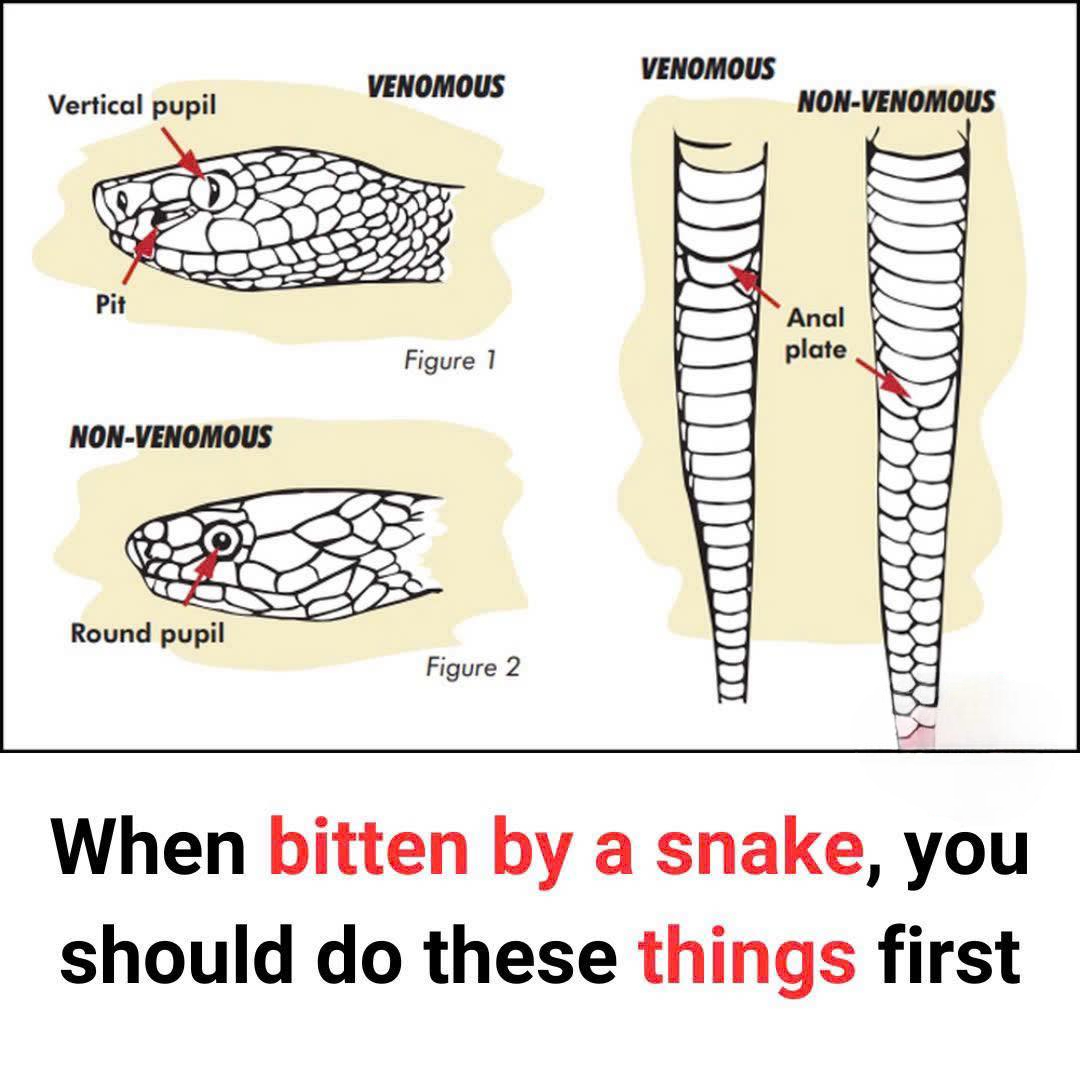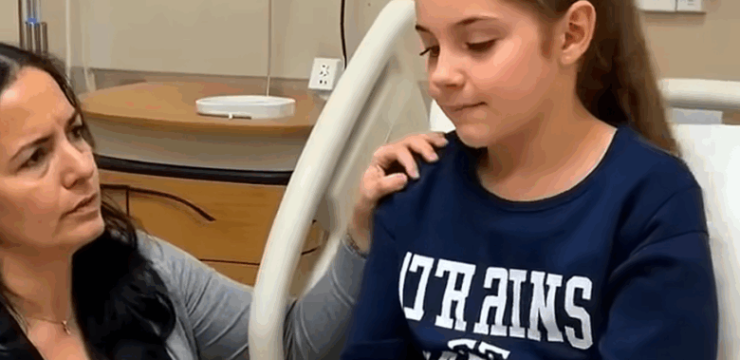Snake bites are one of those rare emergencies that most people hope they’ll never face, but if it ever happens, being prepared can make all the difference. The moment you realize you’ve been bitten by a snake, fear can take over, but knowing the right steps to take can help you stay calm and respond effectively.

Contrary to popular belief and old movie tropes, you should never try to suck out the venom or cut the wound open. Those outdated methods not only don’t help, but they can actually make things worse. First, it’s important to understand that not all snakes are venomous, and in North America, only about 20% of snakes pose a serious danger. That said, it’s still critical to treat every bite seriously because venomous species like rattlesnakes, copperheads, cottonmouths (also known as water moccasins), and coral snakes do exist in many parts of the U.S. While pit vipers like rattlesnakes usually have triangular heads, vertical pupils, and heat-sensing pits, coral snakes look very different with their bright red, yellow, and black bands.
There’s a rhyme that helps you remember: “Red touches yellow, kill a fellow; red touches black, friend of Jack.” If you or someone else is bitten, the first sign might be sharp pain at the site, usually the arms or hands, especially if someone reached into bushes or walked through tall grass. If the bite is from a nonvenomous snake, symptoms might be mild—some redness, minor swelling, and small puncture marks. These cases usually don’t require intensive treatment beyond basic wound care and possibly a tetanus shot. However, venomous snake bites are much more serious and the symptoms often show up quickly.
These can include intense pain, rapid swelling and bruising, nausea, vomiting, difficulty breathing, weakness, confusion, and sometimes a strange metallic taste in the mouth. In cases involving neurotoxic venom, like that of the coral snake, symptoms may include slurred speech, drooping eyelids, muscle weakness, numbness, and even paralysis. Another twist? Some bites are “dry,” meaning the snake didn’t inject any venom. You’ll still feel the bite, and it might become red or sore, but without venom, the risk is much lower. Still, it’s important to seek medical help because infections can still develop, and it’s impossible to confirm a dry bite without medical evaluation. So what exactly should you do if someone is bitten? First, stay calm.
Easier said than done, but panic increases heart rate and helps the venom spread faster. Take slow, steady breaths and try to keep movement to a minimum. Call 911 or emergency services right away. Don’t delay. Even if you’re not sure whether the snake was venomous, it’s better to be cautious. Next, keep the bitten limb still and position it lower than the heart to slow venom circulation. Remove any tight items like rings, bracelets, or tight clothing around the area, since swelling can happen fast. If it’s safe to do so, try to remember what the snake looked like or snap a quick photo. This will help medical staff choose the right antivenom. But don’t risk another bite by trying to capture the snake. Equally important is what not to do: don’t suck out the venom, don’t cut the wound, and don’t apply ice or a tourniquet. All of these can cause more harm than good. Also, avoid giving the victim alcohol or caffeine, as these increase heart rate and can worsen the situation. It’s also smart not to attempt to catch or kill the snake—you could be bitten again, or waste precious time. Remember, snakes don’t typically attack unless provoked or surprised. They prefer to avoid humans. When hiking, wear boots and long pants, stick to trails, and never stick your hands into holes or under rocks where you can’t see. If you live in an area where snakes are common, learn which types are native and keep your yard clean to avoid attracting them. In the end, while snake bites can be terrifying, they don’t have to be fatal. The key is staying calm, knowing the signs of a venomous bite, and acting quickly. Make sure to share this informatio





